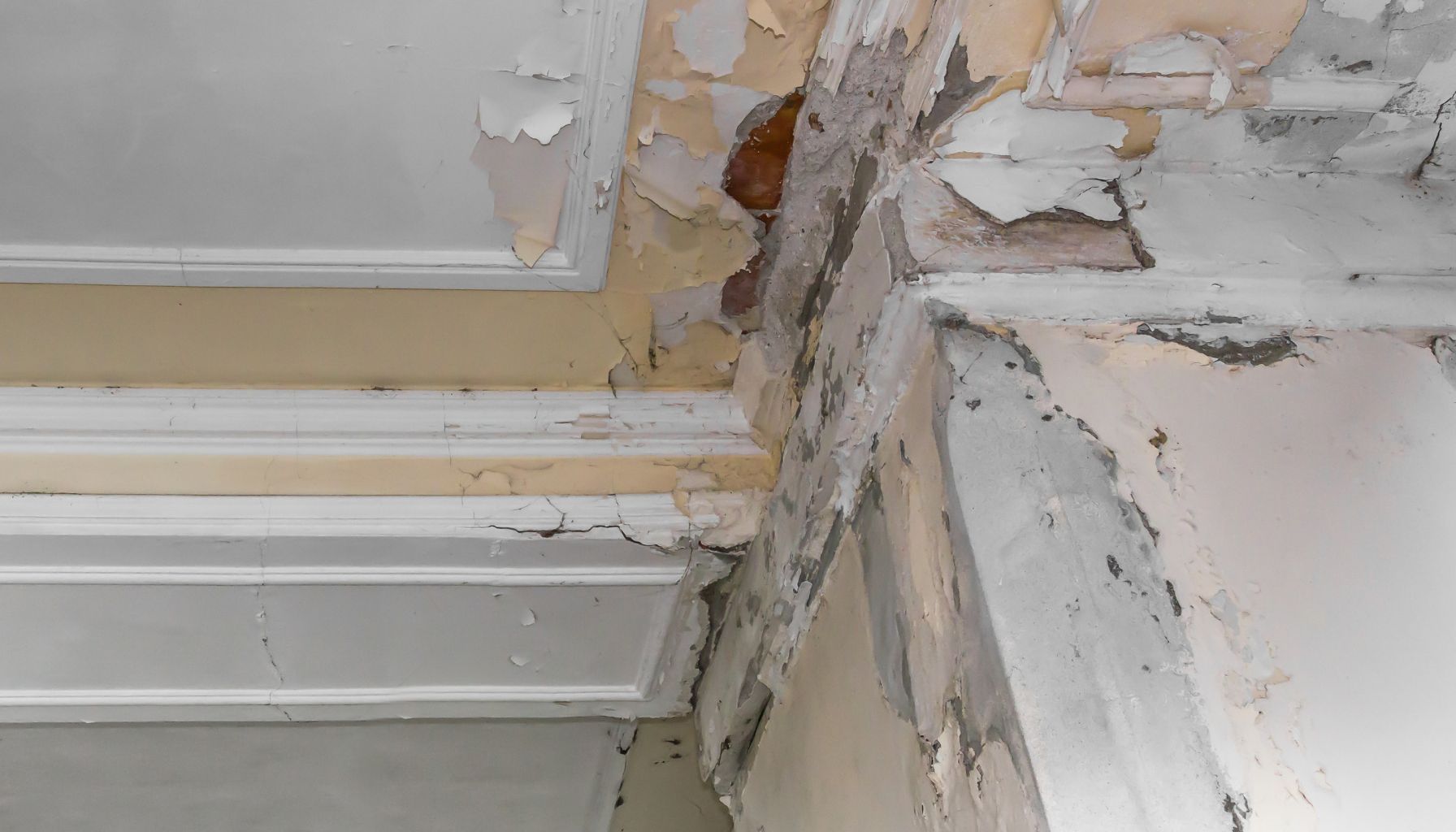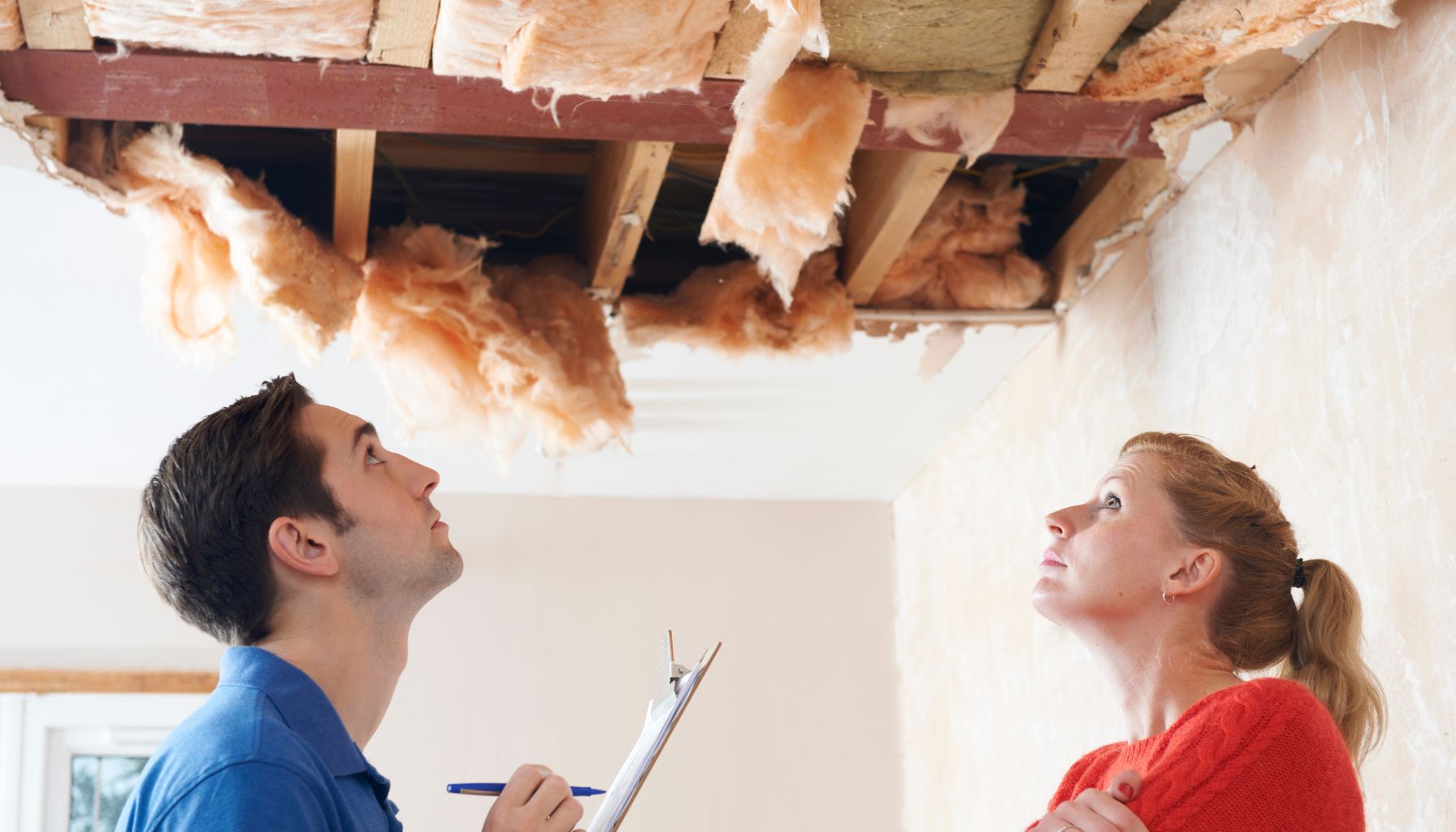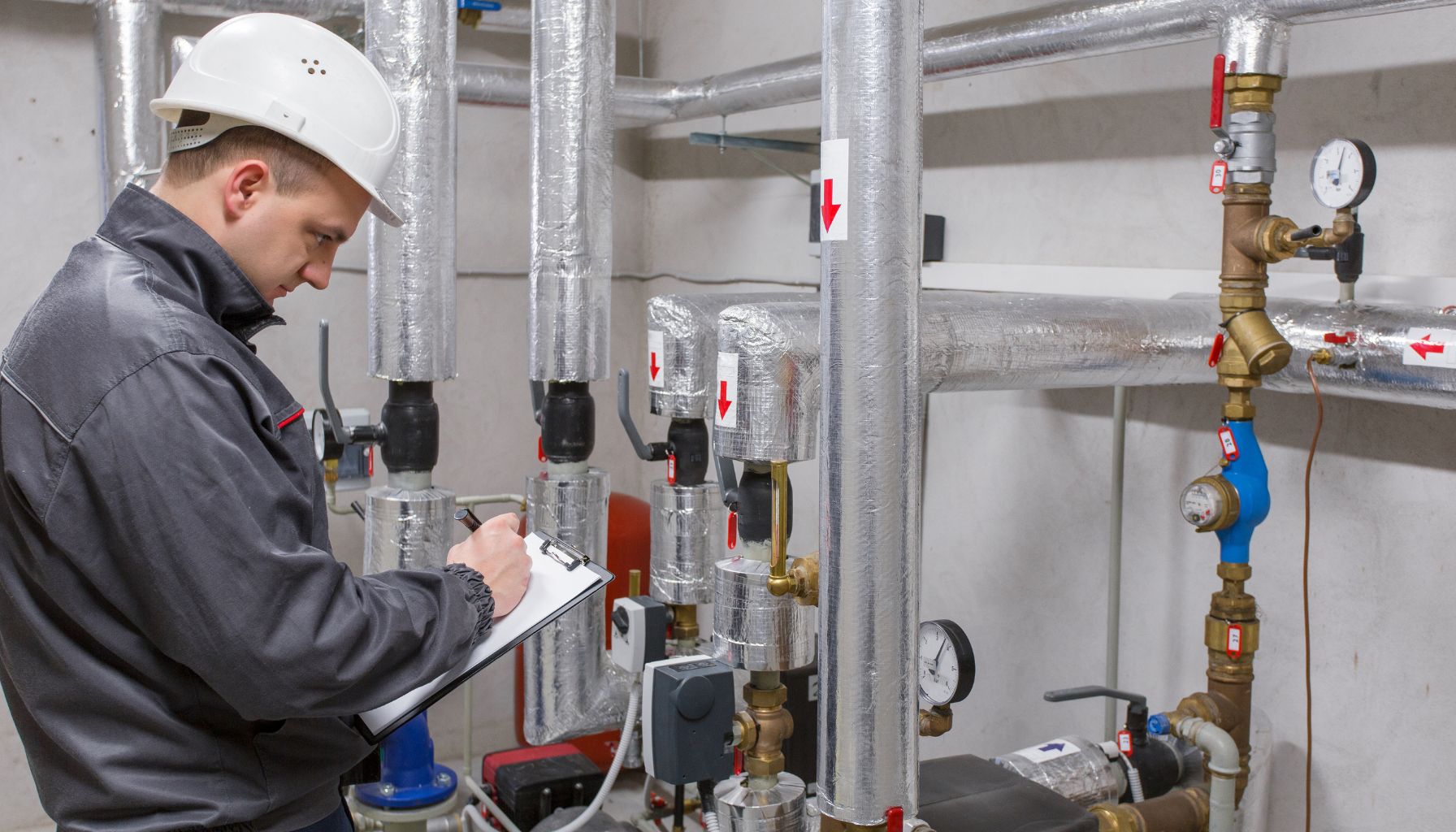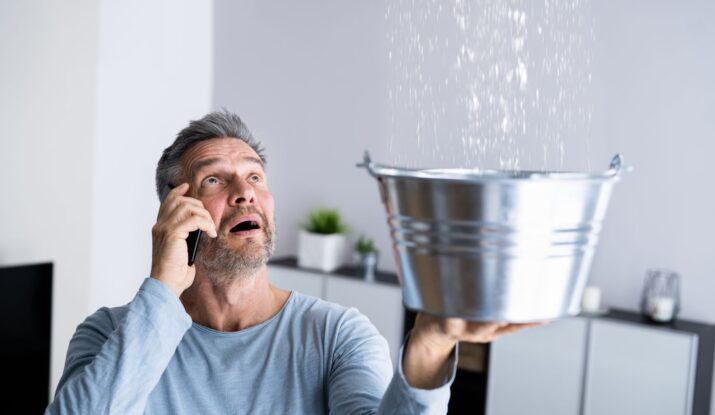Valuable tips and advice on what not to do during water damage restoration…
Imagine the horror of discovering that your home has been flooded due to a burst pipe or severe weather conditions. The immediate focus is on restoring and repairing the water damage as quickly as possible.
However, in the haste to rectify the situation, many homeowners unknowingly make common mistakes that can further exacerbate the problem.
In this article, we will provide you with valuable tips and advice on what not to do during water damage restoration. By avoiding these errors, you can ensure a smoother and more effective recovery process, ultimately saving you time, money, and unnecessary stress. So, let’s dive right in and learn how to tackle water damage with confidence.
Failing to React Quickly
Water damage can occur with little to no warning, making immediate response crucial. Whether it’s a burst pipe, a leaking roof, or a flooded basement, failing to react quickly can lead to significant consequences. The importance of immediate response after water damage cannot be overstated.
One of the potential risks of not reacting quickly is the worsening of the damage itself. Water can spread rapidly, seeping into walls, floors, and other structures, causing further deterioration. The longer the water remains stagnant, the more likely it is to cause structural damage, compromising the integrity of your home or building.
Another risk of delayed action is the potential for health hazards. Standing water can become a breeding ground for bacteria, mold, and other harmful microorganisms. These can pose serious health risks, especially for individuals with respiratory issues or weakened immune systems. By promptly addressing water damage, you can mitigate these health hazards and ensure the safety of those inhabiting the affected space.
Ignoring Hidden Damages
When it comes to water damage, what you see on the surface is often just the tip of the iceberg. Ignoring hidden damages can have severe repercussions on the integrity of your property. Even if the visible signs of damage seem minimal, there may be underlying issues that require immediate attention.
This is where professional assessment plays a vital role. Trained experts can identify hidden damages that might go unnoticed to the untrained eye. They have the knowledge and experience to detect issues such as water seepage through walls, weakened foundations, or compromised electrical systems. By addressing these hidden damages early on, you can prevent further deterioration and costly repairs in the future.
Ignoring hidden damages can also lead to the growth of mold and rot. Moisture trapped in walls or other concealed areas can create the perfect environment for mold spores to thrive. Mold growth not only damages the structural integrity of your property but also poses significant health risks. Moreover, rot can compromise the stability of wooden structures, leading to costly repairs or even collapse. By addressing water damage holistically, you can avoid these long-term consequences.

Neglecting Safety Measures
In the midst of dealing with water damage, it is essential not to neglect safety measures. Water from flooding or leaks can be contaminated, bringing with it a host of potential health hazards. Protective gear such as gloves, masks, and waterproof clothing should be worn to minimize exposure to potentially harmful substances.
Particular caution should be exercised when dealing with black water, which contains sewage or other biohazards. In such cases, professional restoration services should be contacted immediately, as they are equipped to handle hazardous materials safely. Additionally, before starting any restoration work, it is crucial to ensure that the structure is safe. Water damage can weaken foundations, compromise electrical systems, and create other hazards. Seeking professional advice and assistance can help identify and mitigate these risks.
Relying Only on Visual Assessment
While a visual assessment of water damage can provide some insight, it is important to recognize its limitations. Simply relying on what is visible to the naked eye may result in overlooking underlying issues that can exacerbate the damage.
This is where the usage of advanced tools for damage detection becomes essential. Moisture meters, thermal imaging cameras, and other specialized equipment can help identify moisture levels, moisture migration, and hidden water damage. By consulting a professional who has access to these tools, a more comprehensive and accurate assessment can be conducted. This ensures that no hidden damage goes unnoticed and allows for targeted restoration efforts.
When it comes to water damage restoration, consulting a professional is crucial for a thorough assessment. They have the expertise and experience to identify not only the visible damage but also the underlying issues that may escape untrained eyes. By relying on their knowledge and utilizing advanced tools, you can ensure that all aspects of the damage are addressed effectively.

Attempting DIY Restoration without Professional Assistance
While DIY projects can be rewarding, water damage restoration is not an area to take lightly. Attempting to restore your property without professional assistance can lead to various risks and complications.
One of the main risks involved in DIY restoration is the potential for inadequate restoration. Without the necessary training and equipment, it is easy to miss essential steps or overlook hidden damages. This can result in further deterioration of the property, leading to more extensive and costly repairs in the long run. Additionally, DIY restoration may not address the underlying issues properly, putting your property at risk for future water damage.
Specialized training and equipment are crucial in water damage restoration. Professionals are equipped with the knowledge to handle different types of damage, assess the extent of the problem, and implement effective restoration techniques. They also have access to specialized equipment for efficient drying, dehumidification, and mold remediation. By relying on their expertise, you can ensure that your property is restored properly and minimize the risk of further damage.
Inadequate Drying and Dehumidification
One common mistake during water damage restoration is inadequate drying and dehumidification. After the visible water is removed, it is crucial to properly dry the affected areas to prevent further damage and the growth of mold.
Incomplete drying can result in various consequences. Moisture that remains in walls, floors, or other surfaces can lead to the deterioration of building materials, such as drywall or wood. It can also create an ideal environment for mold and mildew to thrive. Mold growth not only damages the property but also poses health risks. Therefore, it is imperative to ensure thorough drying and dehumidification.
Dehumidification plays a crucial role in preventing mold growth. By reducing the moisture levels in the air, dehumidifiers help create an inhospitable environment for mold spores. This, in turn, minimizes the risk of mold growth and related health hazards. Professional restoration companies have the necessary equipment and expertise to effectively dry, dehumidify, and monitor moisture levels during the restoration process.

Not Inspecting Building Materials
One often overlooked aspect of water damage restoration is the inspection of building materials. Water-damaged materials can pose potential harm if not properly assessed and addressed.
Using water-damaged materials can have detrimental effects on the integrity of your property. Materials like drywall, insulation, and flooring can become weakened and compromised by water exposure. Reusing such materials without proper analysis and treatment can lead to ongoing issues, such as mold growth, structural instability, or recurrent water damage.
Professional analysis of building materials is essential in determining their suitability for reuse. Trained experts can assess the extent of damage and provide recommendations on whether materials need to be replaced or can undergo remediation. By ensuring that only sound and safe materials are used, you can maintain the integrity of your property and minimize the risk of future damage.
Failure to Monitor Progress
Water damage restoration is not a one-time effort but rather an ongoing process that requires consistent monitoring. Failure to monitor progress can have detrimental effects, leading to subpar results or even exacerbation of the damage.
Ongoing supervision is crucial to ensure that restoration efforts are progressing effectively. By regularly monitoring the drying process, moisture levels, and other crucial factors, adjustments can be made as needed. This prevents potential issues from going unnoticed, such as inadequate drying, mold growth, or hidden damages. Additionally, ongoing monitoring allows for early intervention if any complications arise, minimizing the impact and cost of additional repairs.
Professional expertise plays a vital role in monitoring progress. Restoration specialists have the knowledge and experience to assess the effectiveness of the restoration process and make necessary adjustments. They can identify any potential issues and ensure that the restoration is on track for successful completion.
Disregarding Future Prevention
While dealing with current water damage is important, it is equally crucial to consider future prevention. Taking steps to prevent future water damage can save you from the stress and expense of dealing with similar issues in the future.
Implementing efficient water damage preventive measures is key. This may include regular maintenance of plumbing systems, ensuring proper drainage, and installing safeguards such as sump pumps or backup systems. By addressing potential vulnerabilities and weak points, you can significantly reduce the risk of water damage.
Investing in preventative measures is not only beneficial in terms of protecting your property but also cost-effective in the long run. The expenses associated with preventing water damage are often far less than the costs of restoration and repair. By being proactive and taking preventative measures, you can safeguard your property and avoid unnecessary financial burdens in the future.

Inadequate Insurance Knowledge
Understanding your insurance policy and its coverage for water damage is crucial during the restoration process. Failure to have adequate insurance knowledge can lead to complications and difficulties in filing a claim.
One of the first steps is to thoroughly review your insurance policy to determine the extent of coverage for water damage. Familiarize yourself with the terms, conditions, and exclusions specified in the policy. This will help you understand what damages are covered and what may be excluded.
Open communication with your insurance company is also important when it comes to water damage claims. Promptly notifying them about the incident and providing all necessary documentation can streamline the claims process. Additionally, involving professional restoration companies can aid in the insurance process. They are experienced in working with insurance companies and can provide the required documentation and evidence for your claim.
In conclusion, these common mistakes should be avoided during water damage restoration. By reacting quickly, addressing hidden damages, prioritizing safety, utilizing professional assessment, seeking assistance when needed, ensuring proper drying and dehumidification, inspecting building materials, monitoring progress, implementing preventive measures, and understanding insurance policies, you can navigate the restoration process effectively and minimize the impact of water damage on your property.
Contact PureOne Services Now
Disclaimer: All PureOne Services locations do not hold all of these listed certifications.



